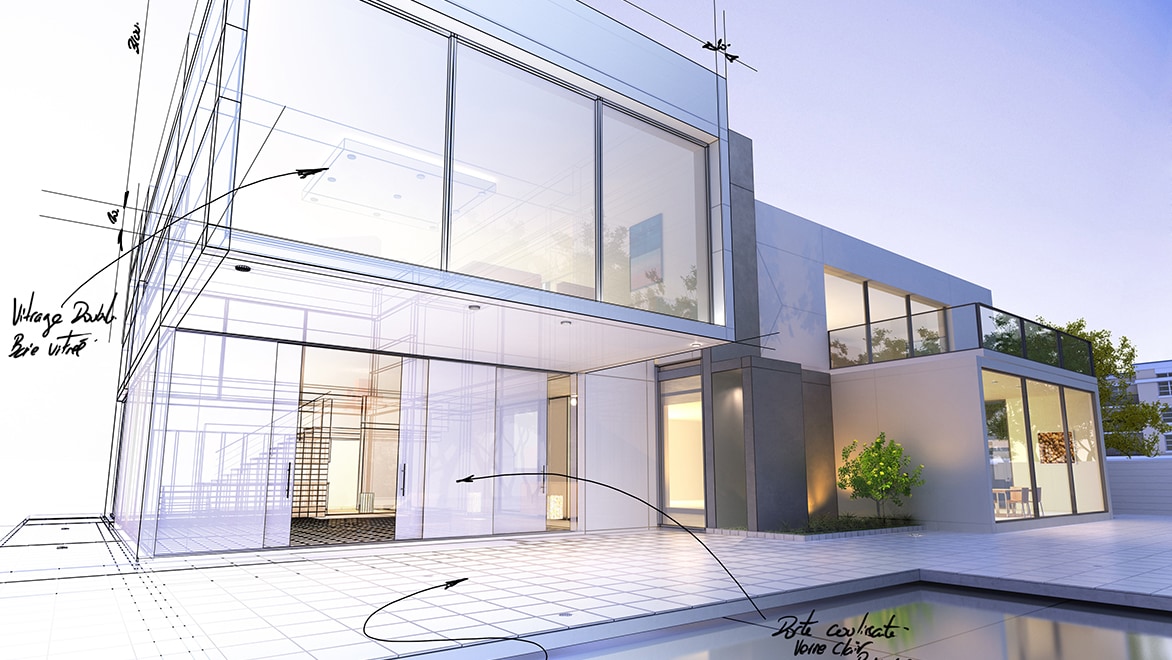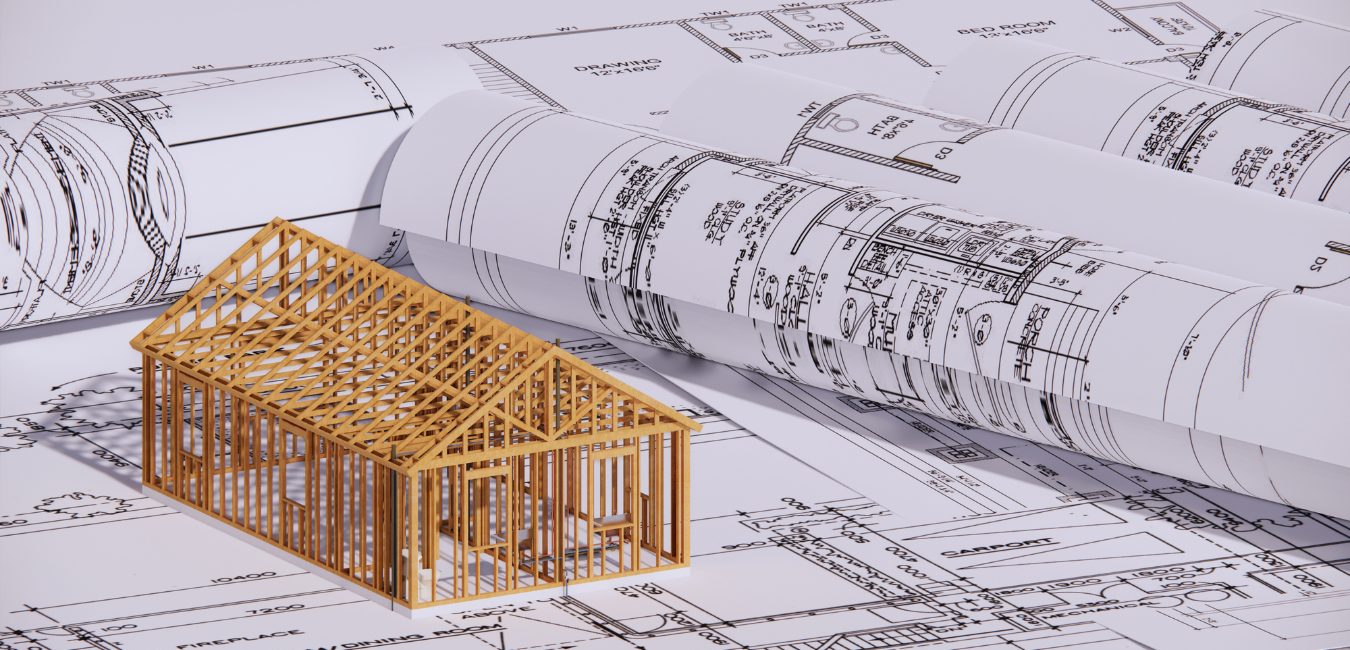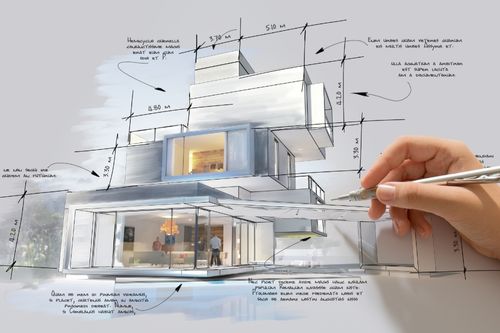Discover Award-Winning Tasks by Distinguished CDA Architects
Discover Award-Winning Tasks by Distinguished CDA Architects
Blog Article
An Extensive Introduction of Architectural Styles and Their Influence on Modern City Preparation and Growth
Architectural styles have long served as a mirror to the social worths and technological innovations of their time, playing a crucial role in shaping modern-day city planning and advancement. From the majesty of Neoclassicism to the utilitarian technique of Brutalism, each style has introduced distinct principles that influence city aesthetics and performance.
Historic Overview of Architectural Designs

As societies transitioned via the Center Ages, Gothic architecture emerged, identified by its verticality and intricate detailing, matching the spiritual desires of the age. The Renaissance marked a resurgence of classical suitables, merging art and architecture in innovative manner ins which influenced subsequent designs across Europe.

Today, architectural designs remain to evolve, driven by globalization and sustainability problems, reflecting a dynamic interplay between heritage and advancement. This historic summary emphasizes the importance of architecture as a mirror of societal advancement and as a catalyst for urban advancement.
Trick Architectural Styles Explained
The variety of building styles reflects the myriad influences that shape our constructed setting, each symbolizing distinct attributes and cultural importances. Secret building styles consist of Classical, Gothic, Baroque, Modernism, and Postmodernism, each standing for distinct historical contexts and aesthetic approaches.
Timeless architecture, rooted in ancient Greece and Rome, emphasizes proportion, proportion, and making use of columns (cda architects). On the other hand, Gothic style, flourishing in the Middle Ages, is defined by pointed arcs, ribbed safes, and flying buttresses, developing an aerial quality in basilicas. Baroque architecture, emerging in the 17th century, is noted by majesty, elaborate decoration, and a vibrant interaction of light and darkness
Modernism, which obtained momentum in the early 20th century, prioritizes function over kind, utilizing brand-new materials like steel and glass to develop minimal structures. Postmodernism, reacting against the austerity of Modernism, embraces eclecticism and historic reference, commonly including spirited aspects and irony.

Influence On Urban Planning
In forming the growth of cities, architectural styles substantially affect city planning choices. The choice of building design usually dictates the visual appeals, capability, and overall character of metropolitan settings.
Furthermore, architectural designs can influence zoning guidelines and land make use of plans. Urban organizers need to take into consideration the dominating building trends when designing areas, ensuring that brand-new growths balance with existing structures. This factor to consider cultivates natural city landscapes and enhances community identification.
The execution of details architectural designs can additionally influence socioeconomic elements within a city. High-end contemporary layouts may attract wealthy residents and services, leading to gentrification, while more inexpensive real estate solutions might focus on functional and sustainable designs to accommodate diverse populations. cda architects. Eventually, the interplay in between building designs and city preparation creates dynamic cities that reflect both historic context and modern demands, shaping the lived experiences of their inhabitants
Sustainability and Modern Architecture
Building styles play a pivotal role in attending to modern obstacles, particularly in the world of sustainability. As city areas increase and ecological worries heighten, modern architecture increasingly welcomes sustainable design concepts that prioritize energy performance, resource preservation, and very little eco-friendly impact.
Contemporary architectural activities, such as biophilic style and environment-friendly style, supporter for frameworks that balance with their surroundings, using all-natural products and promoting biodiversity. These designs typically include sustainable power resources, such as photovoltaic panels and wind turbines, to decrease dependence on fossil gas and reduced carbon footprints.
In addition, the integration of advanced innovations, such as wise building systems, boosts go to this web-site power administration, optimizing resource usage while making sure owner convenience. Cutting-edge water management approaches, consisting of rainwater harvesting and greywater recycling, more add to sustainable urban environments.
Especially, sustainability prolongs beyond environmental issues; it encompasses social and economic measurements. By fostering area health and advertising inclusivity, modern-day building styles line up with sustainable growth objectives. Subsequently, the evolution of building methods proceeds to form resistant cities that not only meet the needs of the present however likewise guard the future for generations to come.
Community Interaction in Layout
Community interaction in design functions as an important bridge in between designers and the populaces they serve, making sure that the developed atmosphere shows the requirements and desires of its users. This collective procedure invites neighborhood members to contribute their insights and preferences, cultivating a feeling of possession and duty towards the rooms they populate.
Efficient community interaction utilizes numerous techniques, such as workshops, surveys, and public discussion forums, to gather diverse point of views. These techniques promote a two-way dialogue, permitting architects to understand local contexts see post while encouraging residents to articulate their concerns and wishes. This inclusivity not just boosts the style quality however likewise promotes social equity by resolving the special obstacles dealt with by marginalized groups.
Additionally, area engagement can lead to cutting-edge solutions that might not emerge in a typical style process. By integrating regional knowledge and cultural worths, architects can create spaces that resonate even more deeply with customers, enhancing usability and sustainability. Eventually, prioritizing neighborhood engagement in design procedures leads to atmospheres that support social interactions, assistance wellness, and strengthen neighborhood ties, thereby playing an essential role fit modern metropolitan landscapes.
Verdict
Architectural styles have actually greatly influenced modern-day city planning and development, reflecting developing cultural and technical contexts. The combination Visit Website of historical looks with contemporary requirements cultivates metropolitan settings that prioritize sustainability and area involvement. As cities remain to expand and adapt, the continuous discussion between building heritage and contemporary design concepts will certainly remain necessary in creating inclusive, vibrant spaces that improve quality of life and advertise social equity. The future of metropolitan growth rest on this unified balance.
Report this page